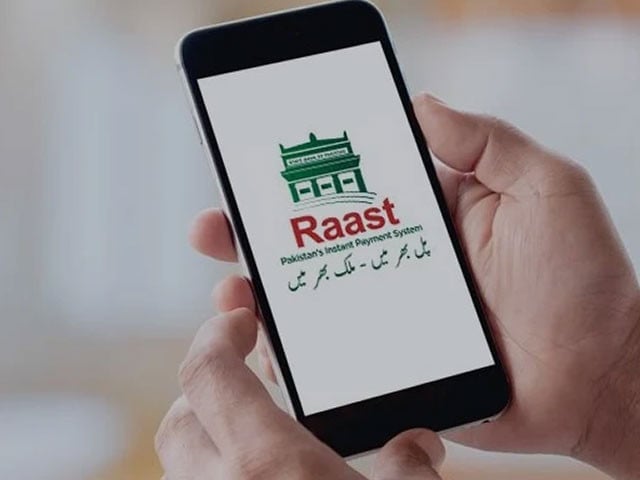KARACHI:
The goal of Pakistan’s central bank is to greatly increase the amount of worker remittances that Pakistanis living abroad send home by connecting Raast, the most sophisticated rapid payment system in the world, to 60 countries in the coming year, including those in the Middle East.
 The World Bank and the International Monetary Fund (IMF) have provided technical support to the bank in order to implement digital currency in the future. It is currently in the evaluation phase, analyzing the necessity and procedure for the currency’s introduction into the nation.
The World Bank and the International Monetary Fund (IMF) have provided technical support to the bank in order to implement digital currency in the future. It is currently in the evaluation phase, analyzing the necessity and procedure for the currency’s introduction into the nation.
Deputy Governor Saleem Ullah of the State Bank of Pakistan (SBP) pointed out that the nation’s banking system, which includes the central bank, has collectively failed to give the Small and Medium-sized Enterprises (SMEs) sector—which is the foundation of the domestic economy—the funding it needs.
He made this statement to the media on the fringes of the DiGiBAP 2024 conference: “Within a year, the central bank will start connecting Raast globally.” He emphasized that because there are a lot of Pakistani expatriates working in the region—roughly 9 million—integrating Raast with the Arab regional payment system, or “Buna,” is a top priority.
Buna facilitates cross-border payments by linking the Arab world with international commercial and central banks. Raast and Buna integration is anticipated to lower the cost of cross-border financial transactions and boost inbound remittances considerably.
In comparison to the previous fiscal year, worker remittance inflow increased by 11% to approximately $30 billion in the fiscal year that concluded on June 30, 2024.
Although it is still in the evaluation stage, Saleem Ullah stated that the central bank of Pakistan has been working on introducing digital currency for a long time.
He emphasized during the conference that the amount of outstanding funding for the SME sector is still less than 4% of total credit from the private sector, or about Rs 580 billion. He called the inadequate funding for this vital sector a “collective failure” of the State Bank of Pakistan (SBP) and the regional banking system.
Pakistan’s SME sector accounts for 40% of the country’s GDP, with 24% of exports and 80% of jobs overall. Over the following five years, he stated, the goal is to treble the amount of outstanding financing.
SBP, the banking sector regulator, was unable to implement financing policies that are favorable to SMEs. In order to allow banks to lend money to about six million SMEs nationwide, the central bank has now suggested amending the regulations governing SME financing, conducting a SME census, and offering a 20% risk coverage facility on SME financing. According to Saleem Ullah, through a specialized program, the government will set aside budgetary funds for risk coverage facilities, with 20% going to small businesses and 10% to medium-sized businesses.
A task group has been established to offer actionable suggestions for improved capital flows to business owners in cooperation with the Pakistan Banks’ Association on SMEs. These include creating a credit coverage system and defining SMEs.
In order to efficiently provide financial access to SMEs, the deputy governor of SBP emphasized that banks and other financial institutions should use technology to lower transaction costs and simplify, expedite, and conveniently provide services.










































